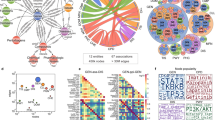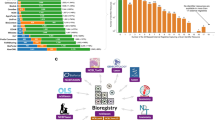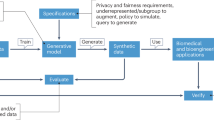Abstract
The Bio2RDF project uses open-source Semantic Web technologies to provide interlinked life science data in order to maximize productivity and facilitate biological knowledge discovery. Using both syntactic and semantic data integration techniques, Bio2RDF puts into practice a simple methodology to generate and seamlessly integrate machine-interpretable data that can be powerfully interrogated with SPARQL-based queries to answer sophisticated questions.At its core, database records are converted into a set of statements or so-called triples that are captured together as a named graph annotated with provenance. The records and the entities they are about are provided with a Uniform Resource Identifier (URI) of the form http://bio2rdf.org/prefix:identifier, where the prefix indicates a reserved name for the dataset, record or terminological resource. The application of this simple method allows resources from over 40 datasets to integrate seamlessly at the syntactic level irrespective of whether the original data contains non-Bio2RDF URIs.However, when original data providers such as Uniprot provide their own RDF they will rightfully use URIs that resolve to their servers, but what should they do for externally defined entities? If they follow in Bio2RDF’s footsteps then every data provider will use a different URI. However, should original data providers present and implement a URI scheme, then it becomes possible for others to establish stable links to their resources. As such, we will witness the birth of a more stable linked data network, ensuring that data providers need not provide third party data in a redundant manner.
Similar content being viewed by others
Article PDF
Author information
Authors and Affiliations
Corresponding author
Rights and permissions
About this article
Cite this article
Nolin, MA., Corbeil, J., Lamontagne, L. et al. Bio2RDF: Convert, Provide And Reuse.. Nat Prec (2010). https://doi.org/10.1038/npre.2010.5060.1
Received:
Accepted:
Published:
DOI: https://doi.org/10.1038/npre.2010.5060.1



